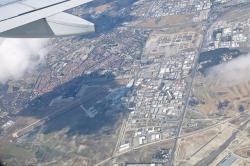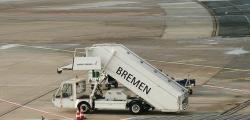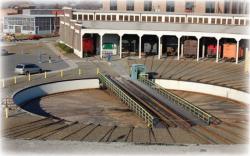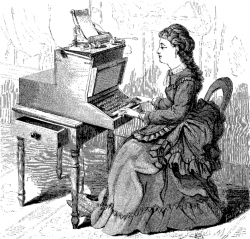Getafe Airfield was the site of the world’s first successful rotorcraft flight, on January 17, 1923. Lieutenant Alejandro Gómez Spencer piloted a C.4 Autogiro designed and built by Juan de la Cierva, who tested a series of autogiros between 1920 and 1924 at the Getafe site. Cierva’s autogiros introduced important technologies and flight techniques that led to the development of helicopters and other rotary wing aircraft. Getafe Air Base, established in 1911, now houses several training and transport units of the Spanish Air Force, as well as two aerospace manufacturing plants.
2011

Delta Air Lines’ historic buildings consist of two aircraft hangers and several office buildings at the Delta World Headquarters site constructed between 1941 and 1947. On March 1, 1941, Delta Air Lines moved its corporate headquarters to Atlanta, constructing offices space and Hangar 1, the largest aircraft hangar in the Southeast United States at what was then Atlanta Municipal Airport. The airport was later renamed Hartsfield – Jackson International Airport in honor of Atlanta Mayors William B. Hartsfield and Maynard H. Jackson Jr.


Bremen Airport was founded in 1909. In 1924, German aviation pioneers Henrich Focke and Georg Wulf founded the Focke-Wulf company on the site. On June 26, 1936, Heinrich Focke’s Fw 61, the world’s first fully operational helicopter, made a successful maiden flight at the airport, piloted by Ewald Rohlfs. Other aircraft developed at the site included the Fw 190 fighter plane, and Fa223 helicopter, both used by the German Luftwaffe in World War Two, as well the VAK 191B, an experimental fighter plane with vertical take-off and landing capabilities, developed in the 1970s.

A majority of the buildings, used originally in steam locomotive repair and maintenance, are still intact, including the backshop (erecting shop), roundhouse, flue shop, paint shop, and parts storage buildings. The 37-stall roundhouse is one of the largest remaining roundhouses in North America still in continuous operation. The site contains other significant buildings including the car repair shed, yard office, oil house, sand house, and wheel balancing shed.

Designed in 1873 by Christopher Latham Sholes, with Carlos Glidden, Samuel Soulé and Mathias Schwalbach, the Sholes & Glidden 'Type Writer' was the first commercially successful device that rapidly printed alphanumeric characters on paper in any order.


